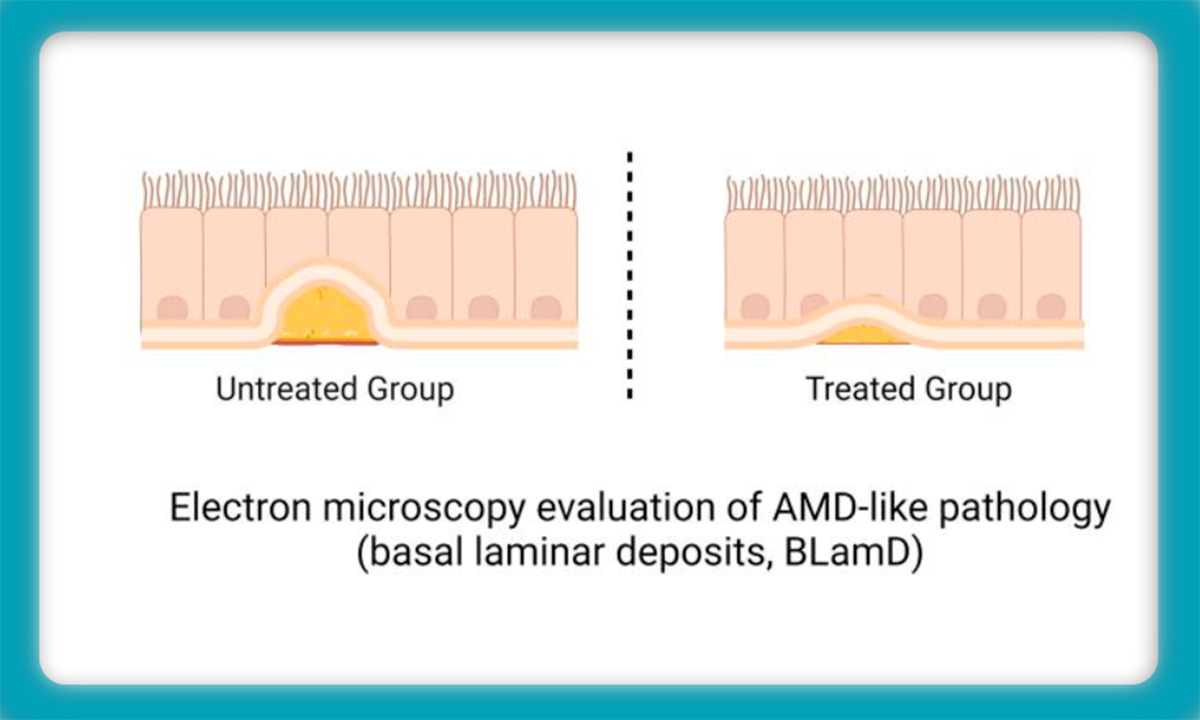Potential new pathway to prevent age-related macular degeneration
A research team led by the University of Minnesota Medical School has identified small molecules that can reduce the production of proteins linked to age-related macular degeneration. The paper was published in JCI Insight.

"To our knowledge, this is the first demonstration of a small molecule preventing AMD-like pathology in our preclinical model. In the big picture, these results provide hope that AMD may indeed be preventable, or at least modifiable by administration of a single drug," said John Hulleman, PhD, an associate professor and Larson Endowed Chair for Macular Degeneration Research at the U of M Medical School and corresponding author.
By using unbiased drug screening, these inhibitors — specifically targeting a cellular pathway known as GSK3 — were found to prevent AMD features in a preclinical model. The results show that blocking GSK3 at low levels changes certain proteins linked to AMD, effectively preventing the disease in living organisms.
The research project focused on the rare disease Malattia Leventinese/Doyne honeycomb retinal dystrophy (ML/DHRD), an AMD-like retinal dystrophy caused by an autosomal dominant R345W mutation in the secreted glycoprotein, fibulin-3 (F3). To identify new small molecules that reduce F3 production in retinal pigmented epithelium (RPE) cells, the researchers knocked-in a luminescent peptide tag into the endogenous F3 locus that enabled simple, sensitive, and high-throughput detection of the protein.
The GSK3 inhibitor, CHIR99021 (CHIR), significantly reduced F3 burden (expression, secretion, and intracellular levels) in immortalized RPE and non-RPE cells. Low-level, long-term CHIR treatment promoted remodeling of the RPE extracellular matrix, reducing sub-RPE deposit-associated proteins (e.g., amelotin, complement component 3, collagen IV, and fibronectin), while increasing RPE differentiation factors (e.g., tyrosinase, and pigment epithelium-derived factor). In vivo, treatment of 8-month-old R345W+/+ knockin mice with CHIR was well tolerated and significantly reduced R345W F3-associated AMD-like basal laminar deposit number and size, thereby preventing the main pathological feature in these mice.
Future research will focus on determining whether blocking GSK3 can reverse existing AMD damage, potentially leading to new treatment options.
Sources: University of Minnesota Medical School / JCI Insight
GSK3 inhibition reduces ECM production and prevents age-related macular degeneration–like pathology
Published in Volume 9, Issue 15 on August 8, 2024
JCI Insight. 2024;9(15):e178050. https://doi.org/10.1172/jci.insight.178050